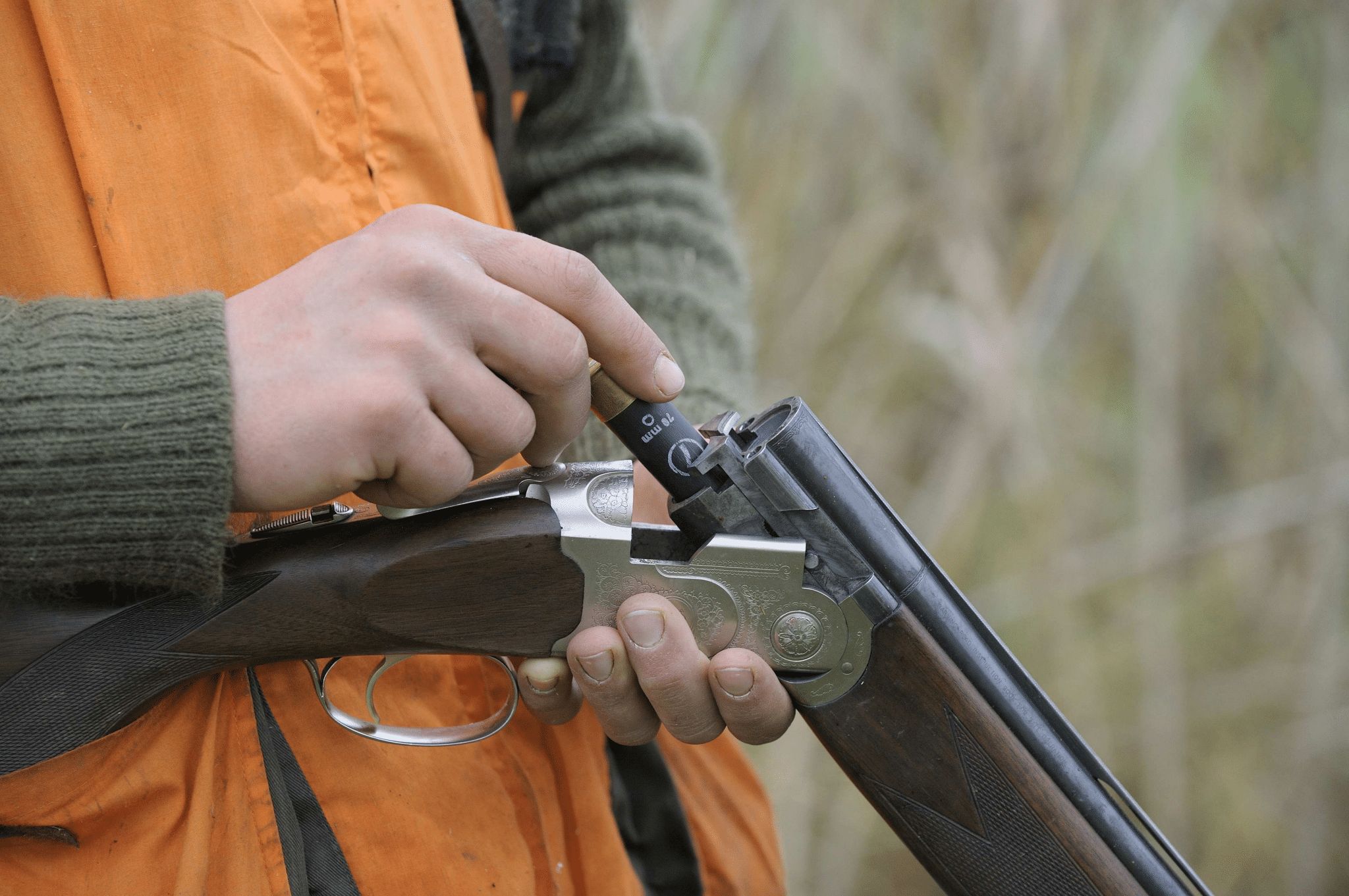Gun Safety Tips for the Field

Gun Safety Tips for the Field
When a person mentions safety, some may shrug their shoulders and write it off as a dry subject. However, it never hurts to open your ears to a few commonsense reminders. After working a career in the DNR, I will comment on a few basic field safety reminders and refer to some actual Iowa-based field accidents that I was responsible for investigating and reporting.
Always Keep Your Finger off the Trigger Until Ready to Shoot
This can be a bad habit that is many times created as youngsters growing up playing with toy guns while always putting the finger on the trigger. This develops a bad habit, which can and should be broken early. You can be retrained to keep the finger alongside the trigger guard until ready to fire. An accident I investigated, in my career, occurred when a subject was walking out of the field after hunting pheasants. The shooter was unloading his shotgun while walking behind his friend. The shotgun accidentally fired, shooting his friend in the back of his leg. Thankfully, the friend was not disabled, but it caused a lot of damage to his right leg.
Always keep the Gun Pointed in a Safe Direction
This rule is common sense of course, but it’s extremely important when hunting, especially when you are with several hunters. One of the best techniques I have taught, while teaching hunter’s safety, is to use both hands on a long-gun, while keeping the muzzle always pointing in an upward position. A person can walk among others while turning around, and never point the gun at anyone or sweep anyone’s body with the with the barrel. I’ve handled several accidents over the years involving this type of situation, where the muzzle was not pointed in a safe direction. The hunter pointed his or her barrel in the direction of another hunter. In one accident that comes to mind, the shooter was in heavy brush walking near his companions. Apparently, some brush engaged the trigger, and the safety was off. Unfortunately, the gun fired accidentally striking a friend. Fortunately, this was not fatal. However, this resulted in a serious injury to the shooter’s friend.
Always Keep the Gun Unloaded Until Ready to Use
Anytime a firearm is handled, a firearm is handed to you, or you pick one up, assume it is loaded. You should always open and cycle the action on a gun several times to check to see if it is loaded. Additionally, remember to look and feel inside the chamber of the gun. if an extractor is faulty, then cycling the action may not pull the shell out of the chamber. Because of this, there may be a live round still in the chamber even though you have cycled the gun. An actual example of this in an Iowa case I recall, involves a person attempting to unload a firearm. The person was using an early model Remington 700, centerfire rifle. The rifle was hanging in a pickup gun rack while pointing at the passenger side window. This model of bolt-action rifle required you to take the safety off before the bolt was unlocked. When the subject attempted to open the bolt, he first disengaged the safety and he accidentally fired the rifle. It blew the passenger side window completely out. Luckily, in this case, his friend was standing near the tailgate and it only caused damage to the vehicle.
Be Positive of Your Target’s Identity Before Shooting
Have you ever imagined you saw something that looked like a turkey’s head or a buck’s antlers in the timber? In reality, it was really and odd shape or color in the trees. Buck fever can cause a person to desire to see a buck or a turkey so badly that his or her eyes can deceive them to falsely seeing something in the wild that really doesn’t exist. One similar case involves a hunter who failed to positively identify his target. A turkey hunter had been patiently sitting in the woods for several hours. He had spent hours calling wild turkeys. He saw something moving about 40 yards away. Unfortunately, another hunter was just coming up over a bank in the timber. The excited hunter shot at what he thought was a wild turkey. The first shot hit the other hunter with a load of #6 shot. He fired again. The second load, was #4 shot. I was able to trace the path of the two shots through the brush from where the shooter was sitting. Thankfully, the hunter survived after getting hit with both loads.
These safety tips are just a few good practices to keep in mind while handling firearms in the field.
by Randy McPherren
August 2023


